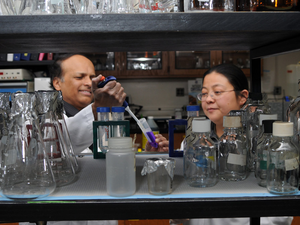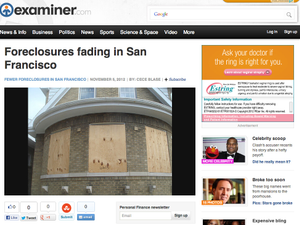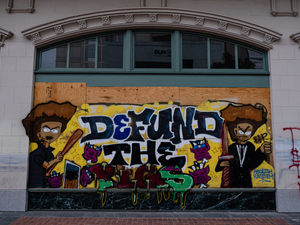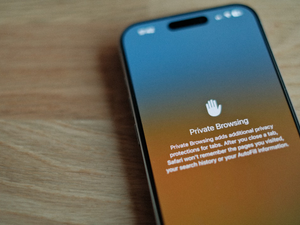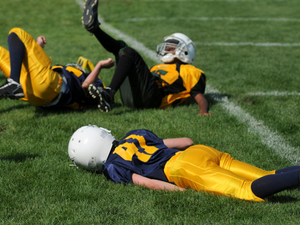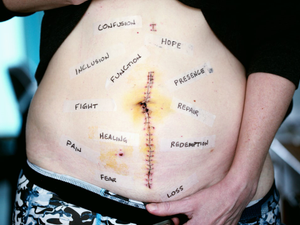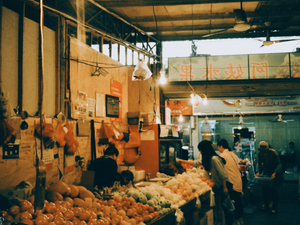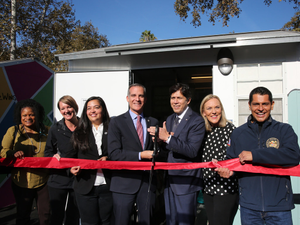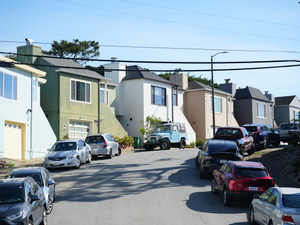Starving Students, Bureaucratic Hunger Games: The CalFresh Nightmare
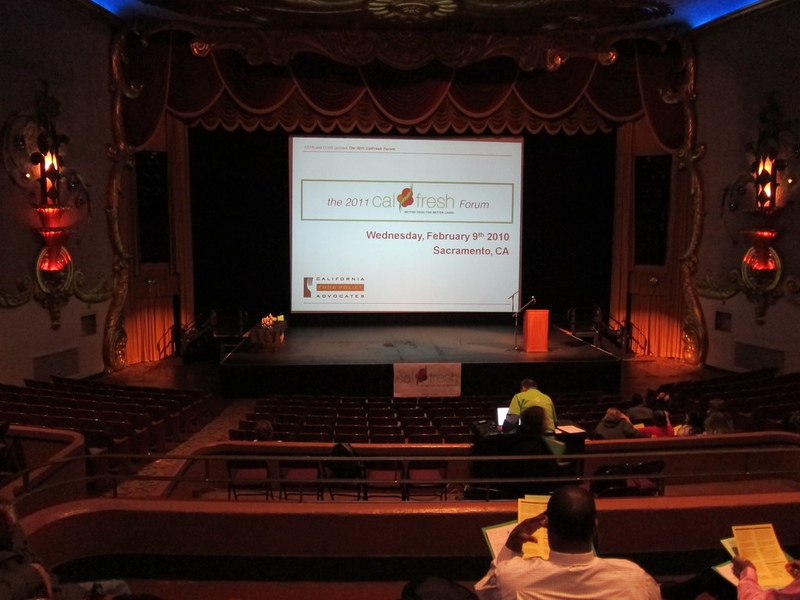
Photo by lynn dombrowski | License
Imagine trying to study for finals while your stomach growls louder than your professor’s lecture. Welcome to the wild world of college food insecurity, where getting food assistance is harder than passing organic chemistry.
California’s college students are caught in a bureaucratic hunger trap that would make Kafka proud. Between 400,000 and 750,000 students qualify for CalFresh (aka SNAP), but only a fifth actually receive benefits. The result? Students subsisting on ramen, hope, and desperation.
The Application Maze
Applying for CalFresh is like navigating a labyrinth designed by sadistic government officials. Work part-time, but not too much. Enroll in college full-time, but be ready to miss classes for mysterious phone interviews. Wait months for paperwork that might never arrive. Sound fun? Absolutely not.
The Real Cost of Hunger
Food insecurity isn’t just about empty stomachs. It’s a direct assault on academic success. Students without reliable nutrition experience worse mental health, lower grades, and higher dropout rates. In 2023, a staggering 66% of California students reported food insecurity - a statistic that should make us all rage.
Small Victories, Big Impact
Some good news: California is slowly improving. Recent legislation now requires campuses to notify students about CalFresh eligibility and even mandates at least one market on each campus that accepts food benefits. Small wins, but wins nonetheless.
Until the system truly supports students, the CalFresh application process remains a Kafkaesque nightmare of bureaucratic hurdles and empty refrigerators.
AUTHOR: mls
SOURCE: Local News Matters



